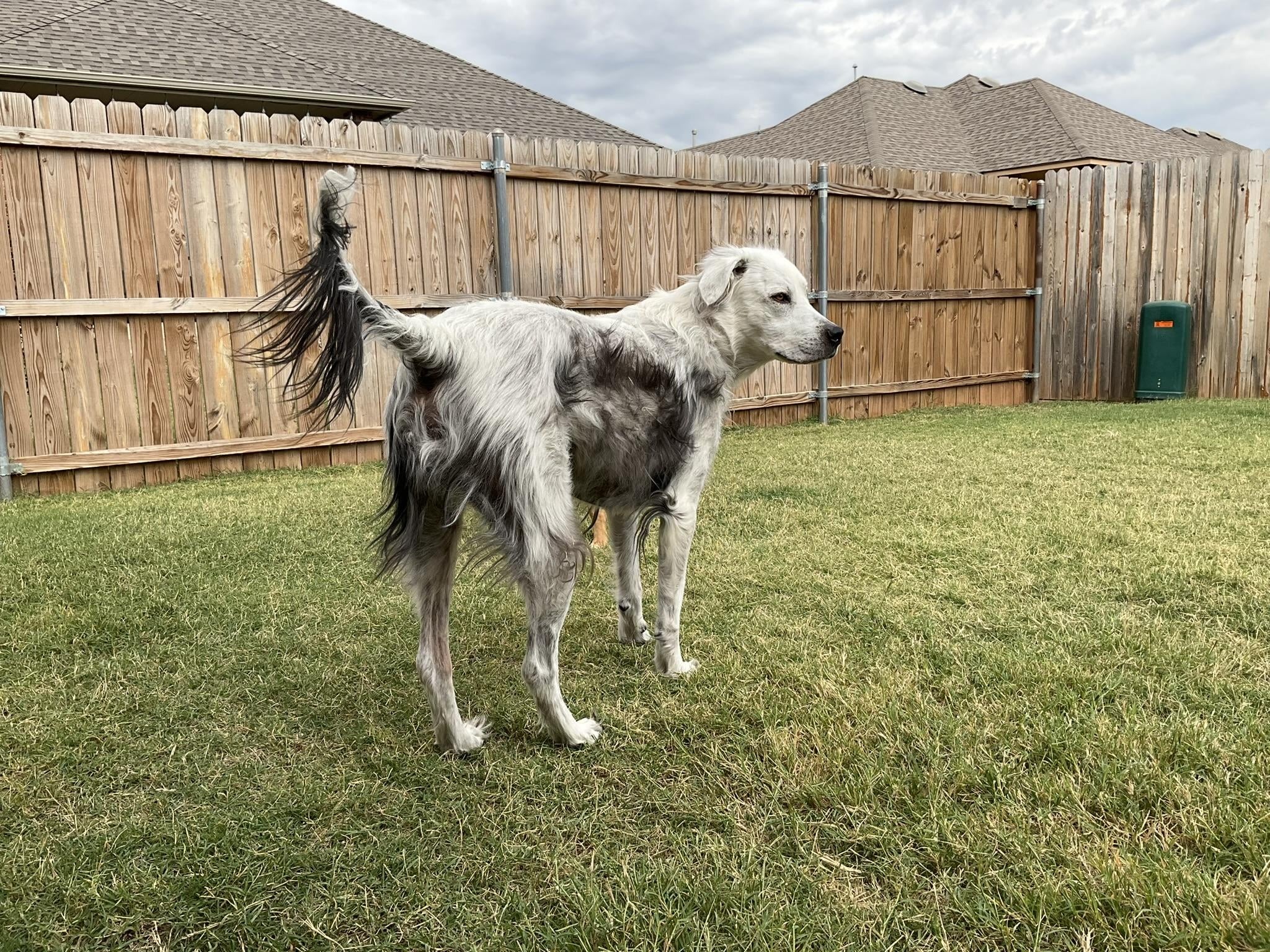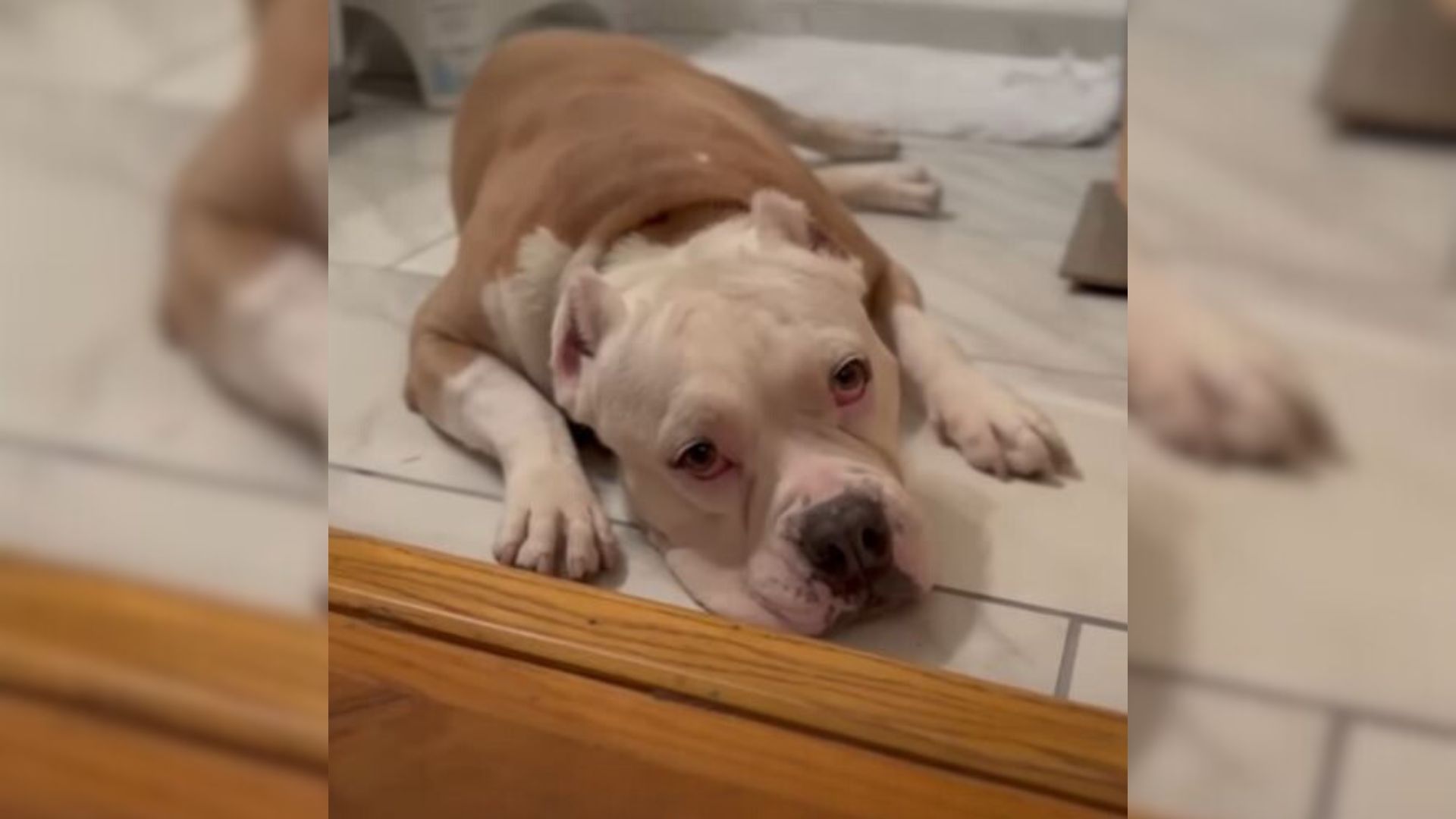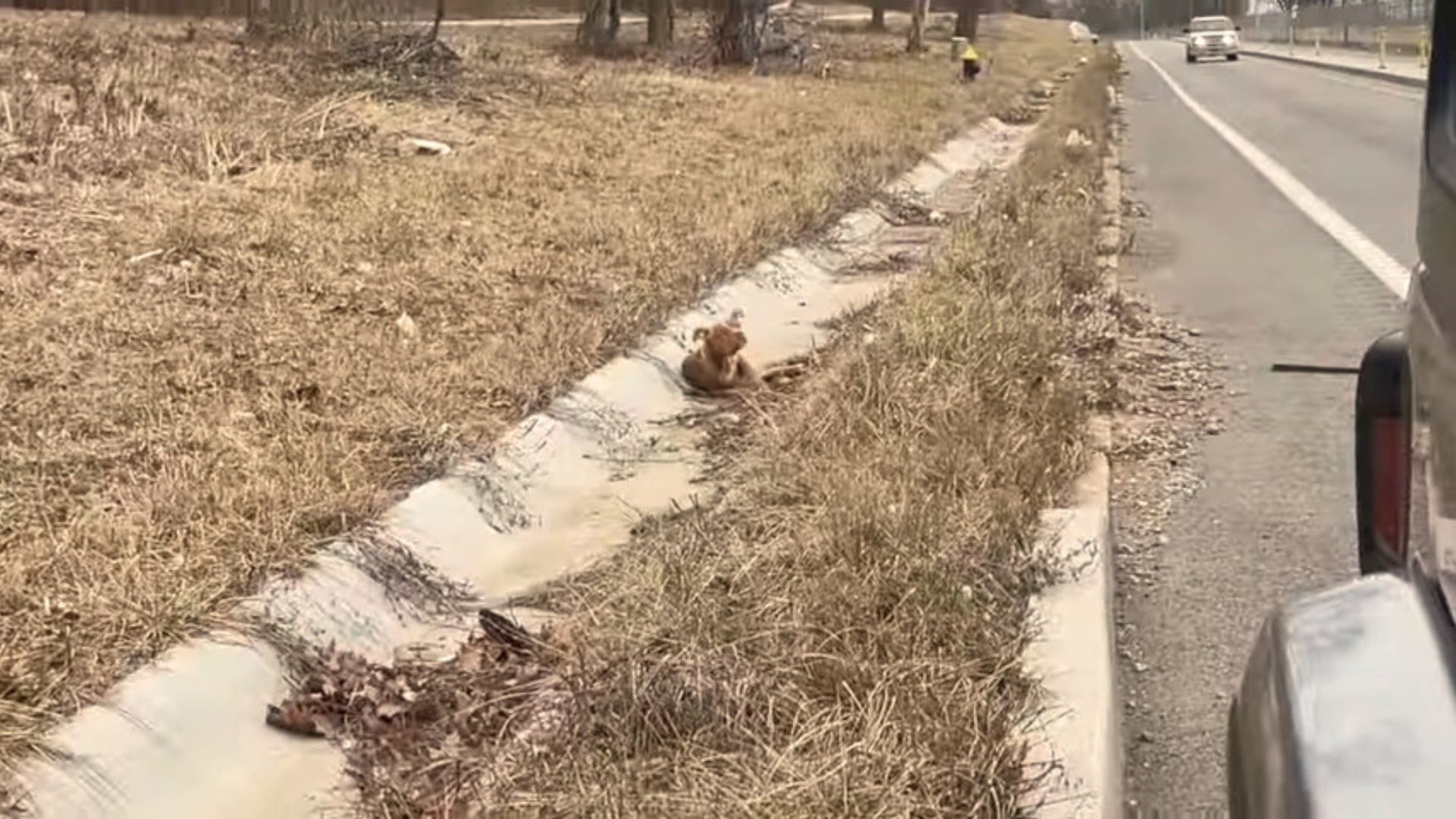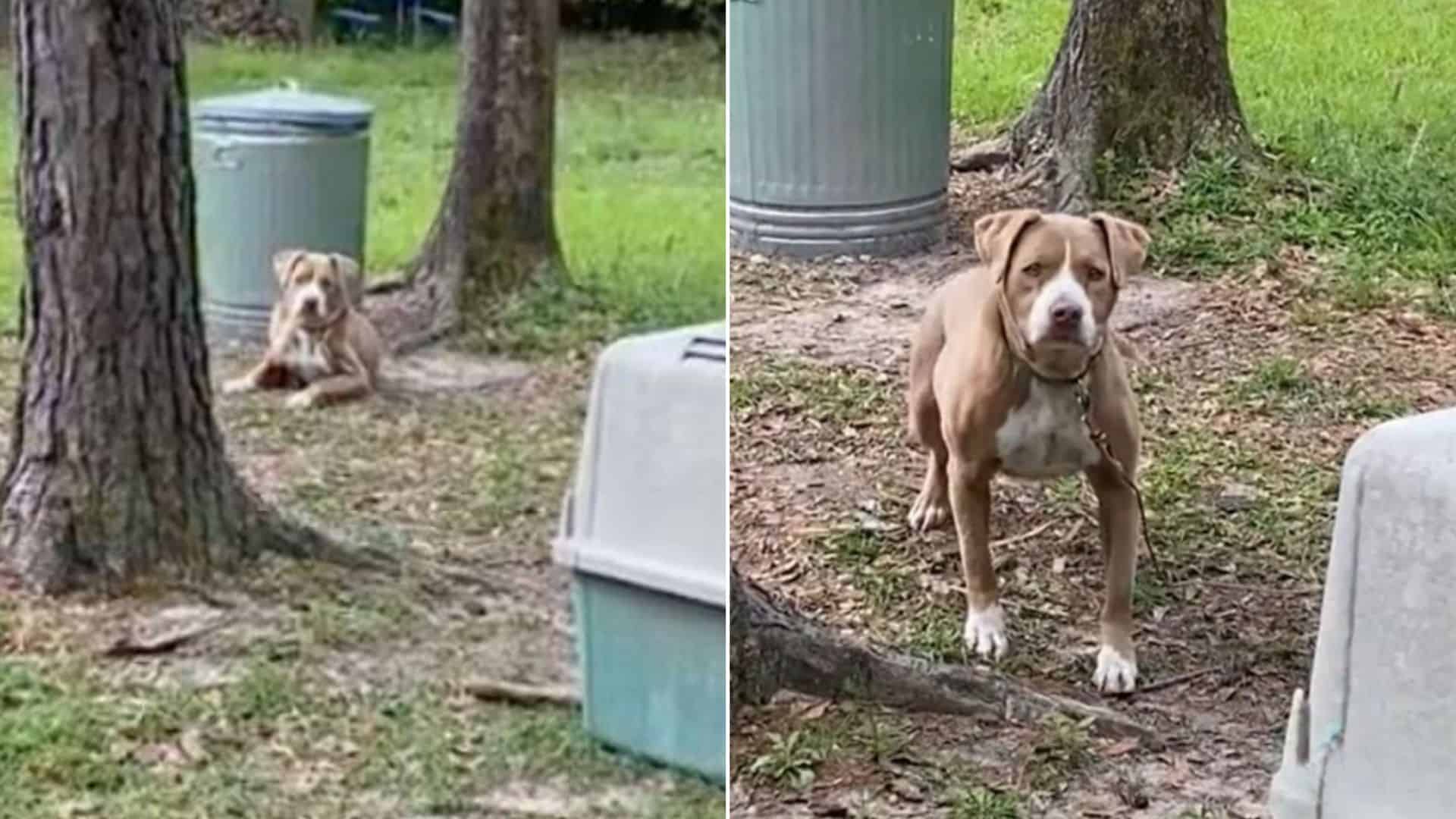Isn’t it kind of funny how we tend to think that our furry pals are set in stone and won’t really change?
I mean, sure, they will grow, maybe grow a bit bigger with more mature features, but we don’t really expect them to change colors, do we?
Well, allow me to introduce Buster – a very handsome canine who crushed all expectations by undergoing a very magical and unexpected makeover.
Good Boy, Buster
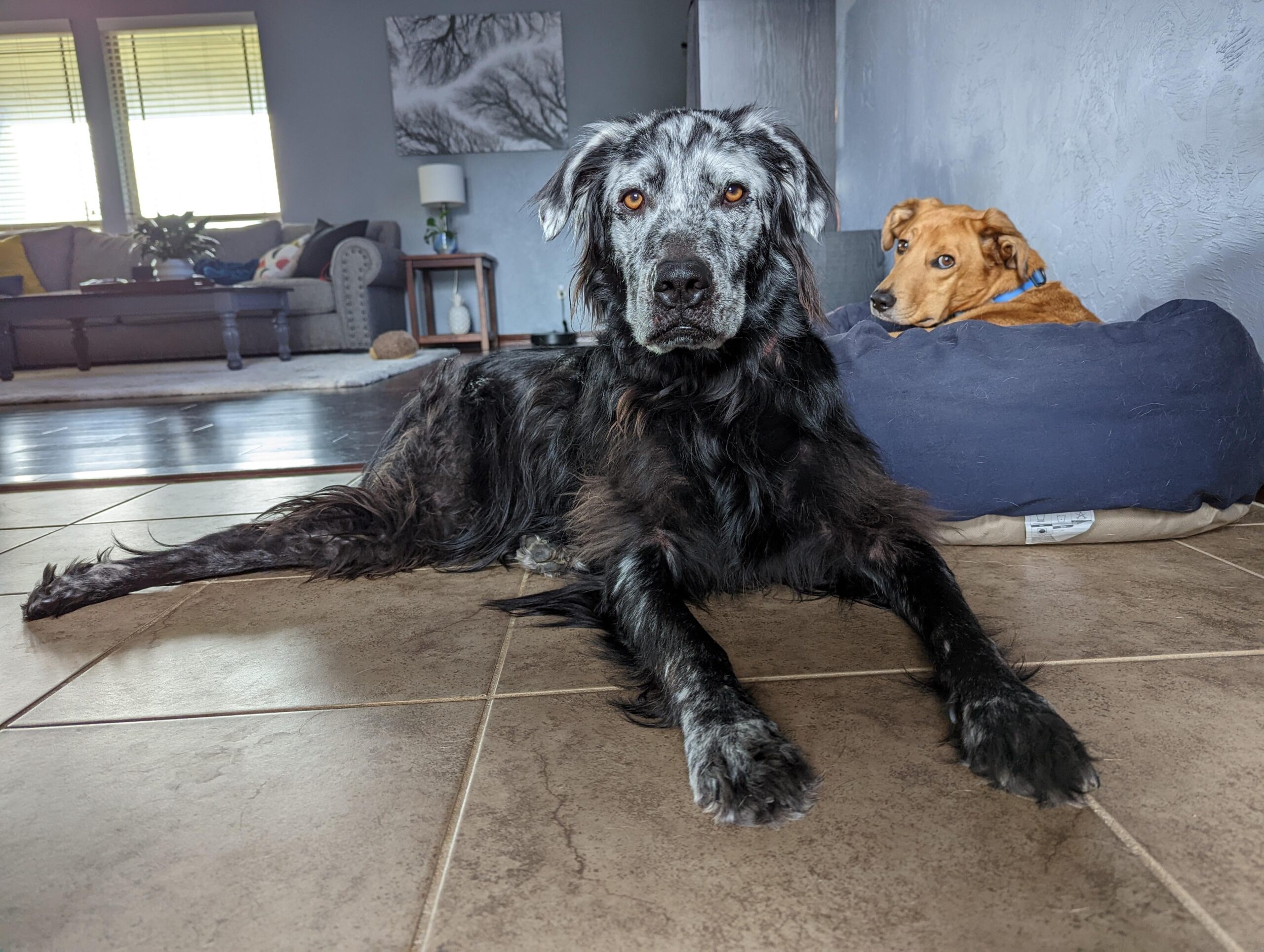
When Buster first became part of his family, he was just your typical, cheerful pup, spreading joy with his irresistible charm and glossy, coal-black coat.
However, over time, his fur started turning white!
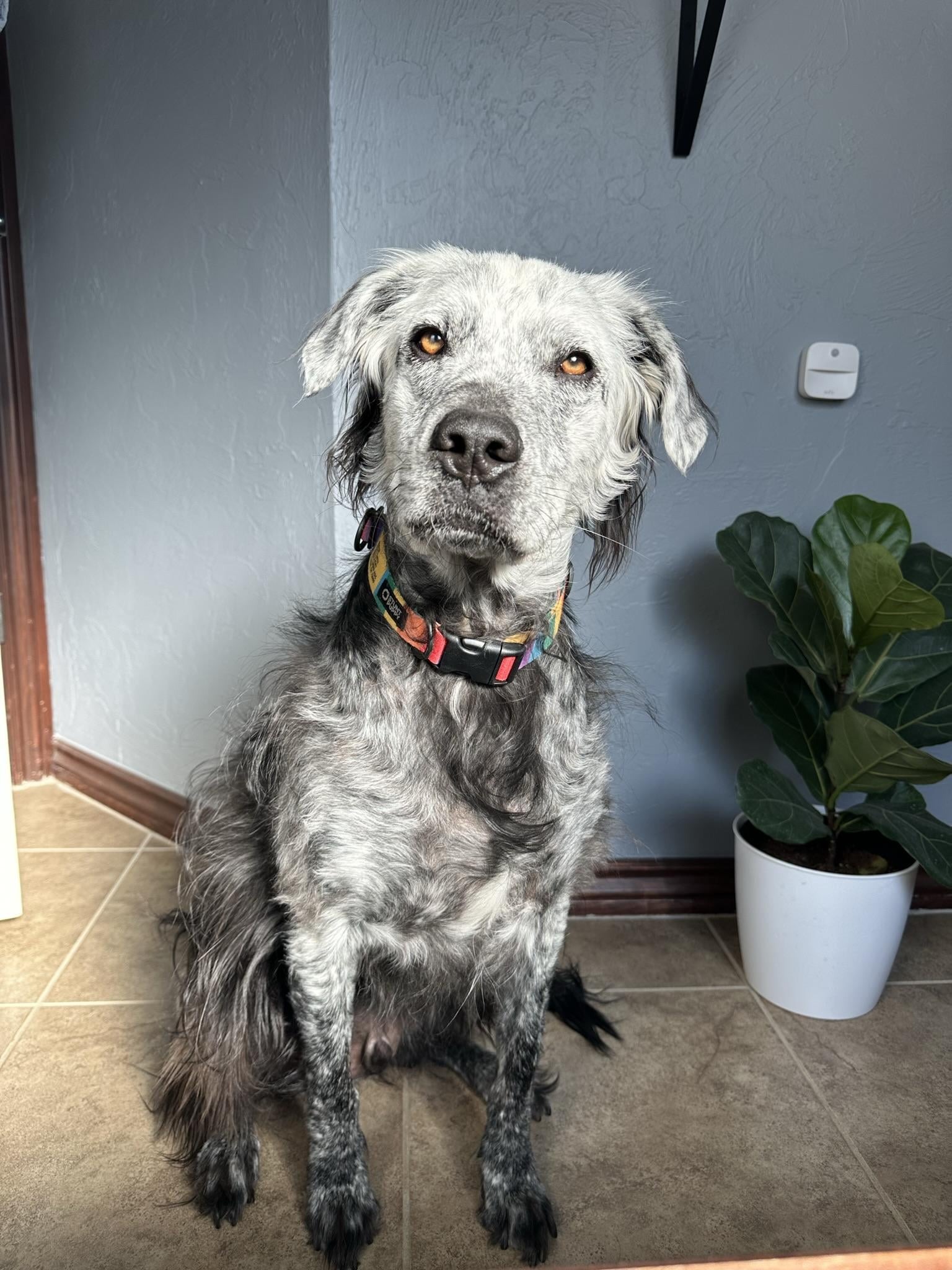
According to his hooman, Buster’s white hairs initially started to kick in around his face, gradually spreading across the rest of his body.
And, in a span of 2.5 years, Buster’s once jet-black fur blossomed into a stunning milky white coat!
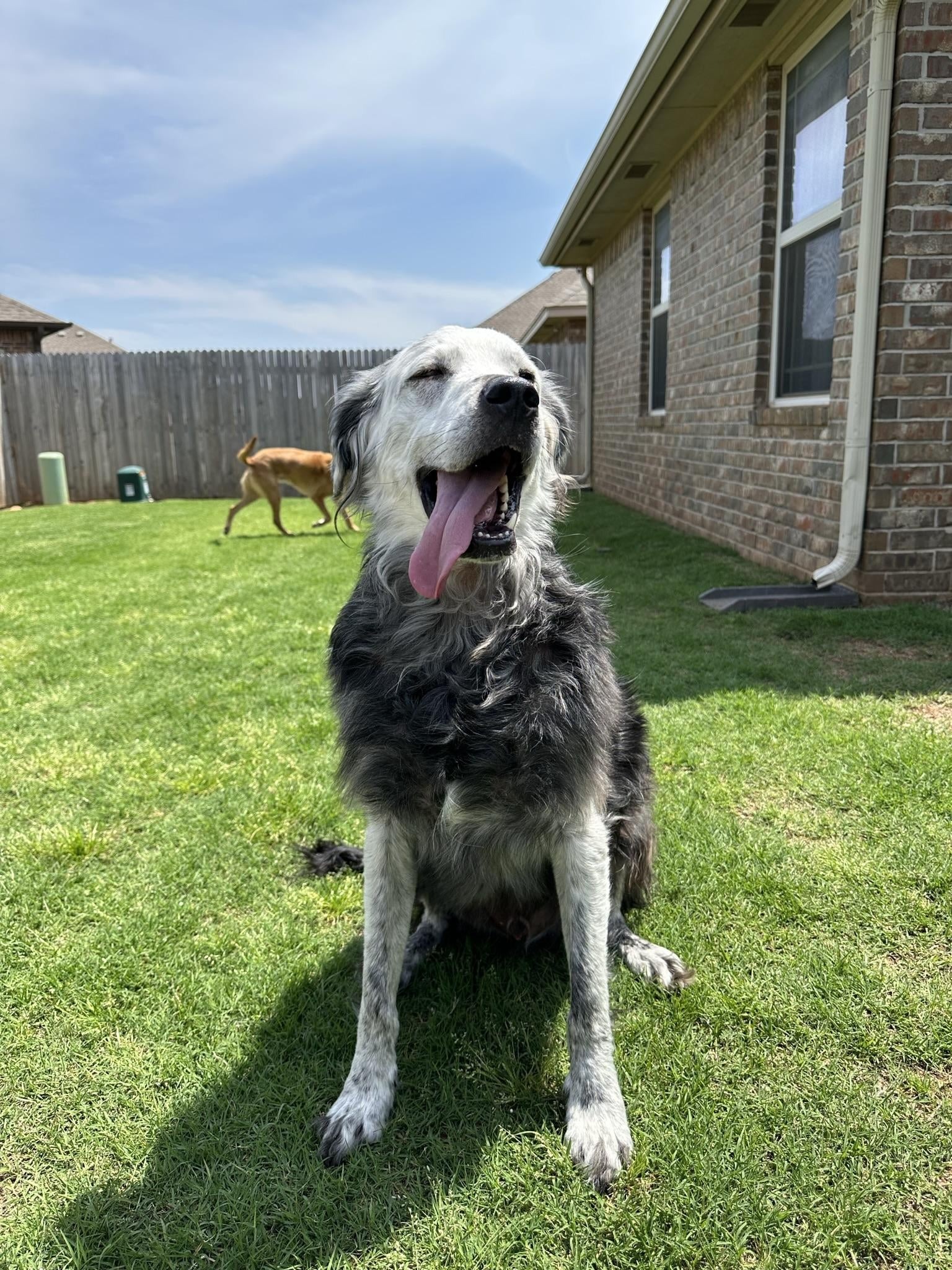
“He would lose his black fur and new white fur would come in. So there was a point in time where he was balding in areas until his fresh fluffy white fur grew in,” Buster’s hooman stated in a Reddit post.
Now, this incredibly handsome pup shows off his flawless coat without a single bland patch in sight. His entire body is covered in luxuriously fluffy white fur. And, he looks incredible.

But, no matter whether his body is covered in black, white, or even blue hues, one thing is for sure: this pupper can effortlessly rock any color with style and flair.
Pups And Vitiligo
If you are wondering what lies behind Buster’s extraordinary transformation, it is all thanks to a rare medical phenomenon called vitiligo.
Vitiligo is a medical condition that causes patches of skin, or in this case, fur, to lose their pigment, and thus, become white. This is all because the cells that usually produce pigment, melanocytes, stop doing so.
It can affect both hoomans and doggos, typically resulting in the loss of coloration around the nose, mouth, and eyes.
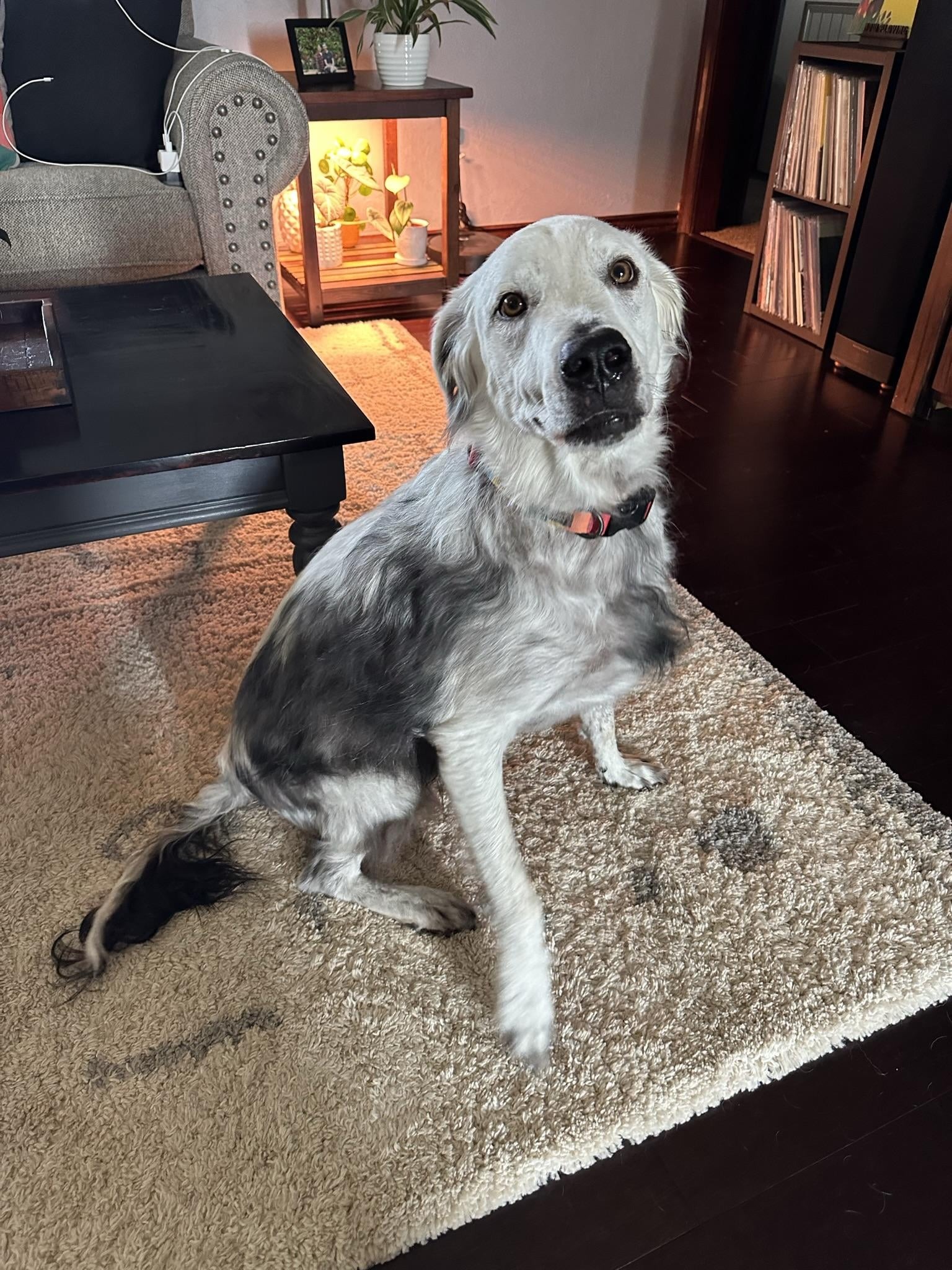
Such a condition is purely cosmetic and genetic, and it causes absolutely no harm or discomfort to the doggo. It can also occur in any breed out there; however, some are more predisposed to developing it, such as German Shepherds, Rottweilers, and Dachshunds.
While there’s typically no reason to panic, if you do happen to notice your furry friend developing these adorable white patches, it’s always a good idea to pay a visit to the vet for a checkup just to make sure there are no other underlying issues to be concerned about.
